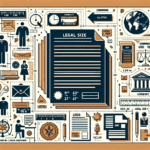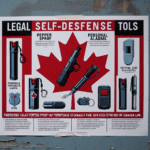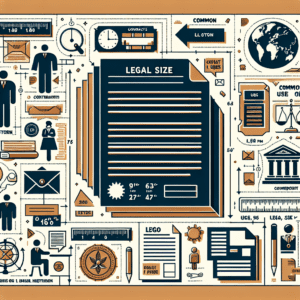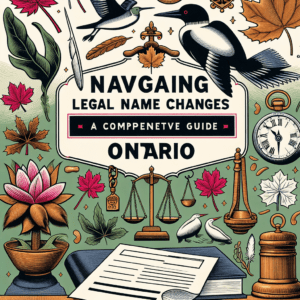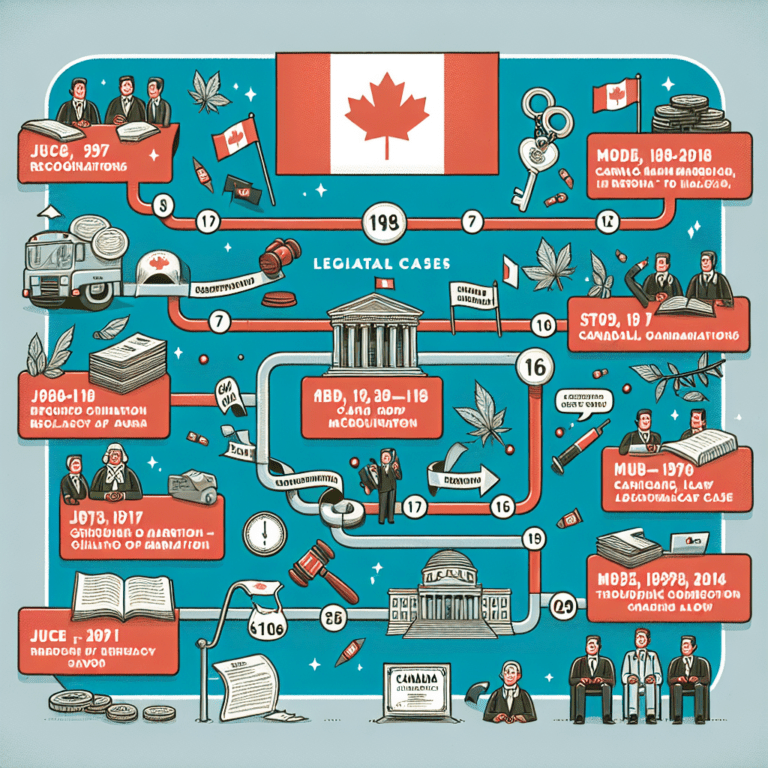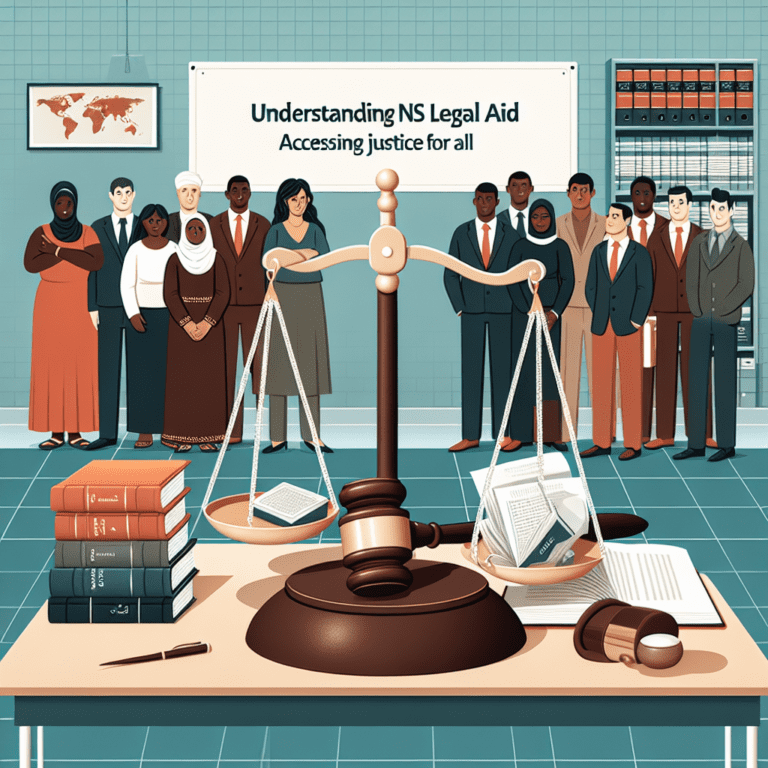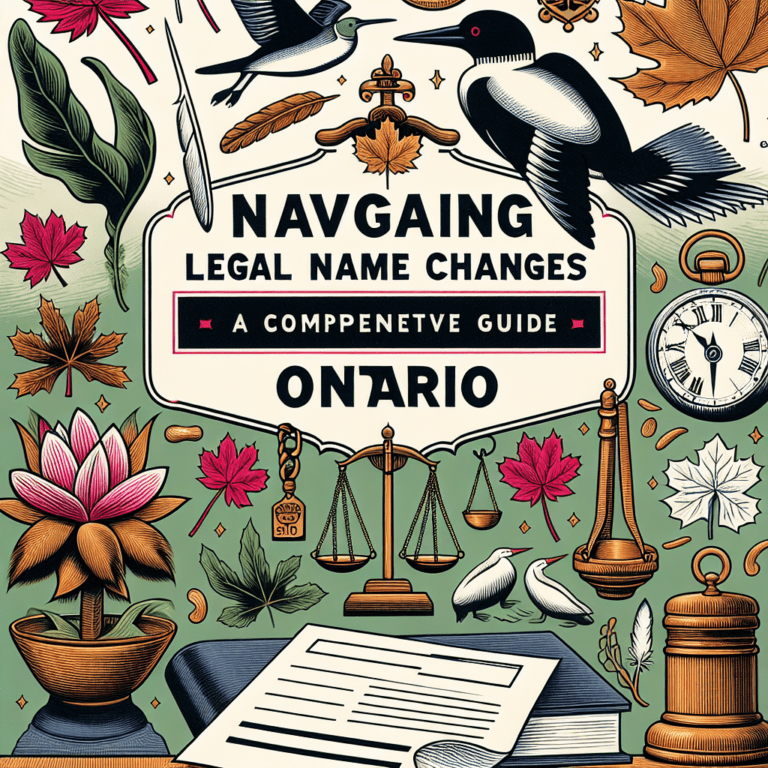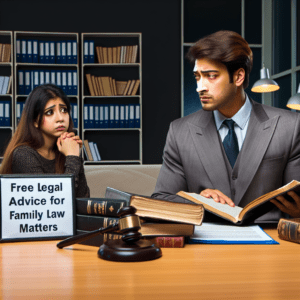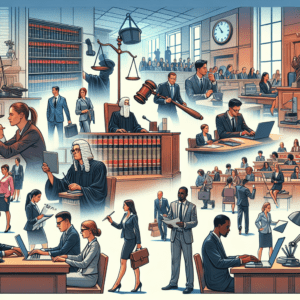===
Navigating the intricate landscape of law practice can be a daunting endeavor, particularly when it comes to crafting legal memorandums. Understanding legal memorandums is crucial for any lawyer seeking to provide comprehensive analysis, convey persuasive arguments, and ultimately serve their clients better. Many lawyers, especially those new to the field, struggle with the nuances of this essential document, which can significantly impact case outcomes. The stakes are high; a well-constructed memorandum can make the difference between winning a case or facing adverse rulings. This article delves into the importance of legal memorandums and outlines key components that every lawyer should include to elevate their practice.
The Essential Role of Legal Memorandums in Law Practice
In the realm of legal practice, memorandums serve a vital function as a critical communication tool. They facilitate the transfer of complex legal concepts into structured, clear, and actionable formats that can be easily understood by clients, colleagues, and judges alike. These documents form the backbone of legal strategy, enabling lawyers to thoroughly analyze issues, synthesize facts, and articulate persuasive arguments. The legal memorandum represents much more than just a piece of paper; it embodies the lawyer’s expertise, attention to detail, and commitment to the client’s best interests.
Furthermore, legal memorandums play a pivotal role in decision-making processes within law firms. They provide attorneys with the necessary groundwork to assess the strengths and weaknesses of a case, allowing for informed strategy development. In an environment where every decision can have significant financial and legal implications, the clarity and precision afforded by a memorandum can help mitigate risks and drive case success. Consequently, mastering the art of writing legal memorandums is fundamental for lawyers aiming to excel in their practice.
Moreover, the dynamic nature of legal practice necessitates adaptability in memorandum usage. With the rise of technology and the increasing reliance on digital documentation, legal memorandums have evolved from traditional formats to digital formats, allowing for more efficient collaboration and record-keeping. The ability to craft a legal memorandum that not only adheres to established standards but also embraces modern trends is a hallmark of a forward-thinking attorney. In summary, legal memorandums are indispensable in shaping legal strategies and ultimately ensuring client satisfaction.
Key Components Every Lawyer Should Include in Memorandums
Crafting an effective legal memorandum requires a keen understanding of its core components. First and foremost, clarity is paramount. A well-structured memorandum begins with a concise statement of the issue at hand. This section must be precise, identifying the legal question that the memorandum will address. It sets the stage for the analysis that follows, acting as a roadmap for the reader. Lawyers should ensure that the issue is framed in a manner that highlights its significance and relevance to the client’s objectives.
Following the issue statement, the analysis section should delve into the relevant laws and precedents that influence the case. This is where in-depth legal research and critical reasoning come into play. Lawyers must analyze statutes, case law, and regulations while also considering how they relate to the specific facts of the case. It’s essential to present this analysis logically and coherently, making it accessible for readers who may not have an extensive legal background. Clear distinctions between different legal principles and their applications can help avoid confusion and bolster the overall argument.
Finally, a robust conclusion and recommendation section is crucial for translating the analysis into actionable insights. This part of the memorandum should succinctly summarize the key findings and provide clear recommendations based on the analysis. Whether advising on potential legal strategies or outlining next steps for the client, lawyers should aim for actionable clarity, ensuring that the client understands possible outcomes and the rationale behind the recommendations. By incorporating these key components, lawyers can produce memorandums that not only inform but also empower clients to make educated decisions.
===
In conclusion, mastering the intricacies of legal memorandums is an essential skill for every lawyer looking to enhance their practice and better serve their clients. By focusing on clarity, thorough analysis, and actionable recommendations, attorneys can craft memorandums that significantly impact case strategies and outcomes. As the legal landscape continues to evolve, so too must the methods and approaches lawyers use to communicate complex legal concepts. Embrace this transformative skill to elevate your practice and ensure that you stand out in a competitive field. Dive deeper into the art of legal memorandums, and unlock the potential of your legal arguments today!
Understanding Legal Self-Defense Weapons in CanadaUnderstanding Legal Paper Size: Dimensions and Uses ExplainedNavigating Legal Name Changes in Ontario: A Comprehensive GuideRelevant LinkRelevant LinkRelevant Link

